Final Fantasy 7 Rebirth review – an overstuffed but lovable re-imagining
Remakes can be a tricky endeavor. Overdo it, and you risk alienating devoted fans; do too little, and questions arise about the necessity of the project. With something as cherished as Final Fantasy 7, the stakes are incredibly high. The new trilogy, based on the beloved PlayStation original, leans towards a re-imagining more than a simple remake. It challenges the balance of nostalgia and innovation, pushing the boundaries of the story while attempting to justify its own existence.
This game poses a variety of meta-narrative questions, especially following the inventive twists presented in Final Fantasy 7 Remake. In its climactic moments, Cloud and his companions battled against fate itself, symbolizing Square Enix’s commitment to diverging from traditional storytelling. Now, in Rebirth, both developers and players find themselves grappling with the implications of their choices, diving into the philosophical query: why does this game need to exist?
As a long-time fan of the original, I have wrestled with my own nostalgia. Am I too protective, too invested in how the story unfolds? When changes are made, should I lament the differences or embrace the novelty? Over time, I’ve come to appreciate the developers’ ambitions to redefine the narrative rather than simply rehash it, even if the execution is sometimes uneven.
Despite retaining core elements—scientific experiments, cosmic events, and conspiracy theories—Rebirth offers a fresh experience that can feel overwhelming at times. As the game unfolds, it occasionally struggles under the weight of its own legacy, attempting to live up to the groundbreaking impact the original had upon its release.
Let’s dive into one of the lighter aspects of the game: Chocobo Racing. Upon arriving at the whimsical Gold Saucer amusement park, this mini-game becomes available. It feels like a game within a game, offering numerous tracks, boost drifting, and the ability to customize your chocobos with amusing accessories. The charm is undeniable, making it a joyous distraction despite its simplicity.
Beyond the mini-games, Rebirth continues the narrative of Cloud Strife and his allies as they pursue the presumed-dead war hero Sephiroth while battling the ever-present Shinra Electric Power Company, which is depleting the planet’s resources. The environmental themes resonate strongly, and players new to the series will find a convenient recap at the game’s start, though it’s worth noting that Rebirth is not the ideal entry point for newcomers.
As part two of the remake trilogy, Rebirth picks up shortly after the events of Final Fantasy 7 Remake, encompassing much of the original game’s second act. The world is divided into six open areas, connected by dungeons and events, providing a wealth of exploration opportunities alongside the main storyline.
The result is an extravagant remake, overflowing with detail and generosity. Chocobo racing is just the tip of the iceberg; players will find themselves tackling various quests, including herding mischievous moogles and competing in competitions reminiscent of Rocket League and Fall Guys. The game creatively reinvents itself through numerous mini-games and quest designs, delivering an engaging experience.
For instance, take the Gongaga region. In the original game, it was a minor optional area, but in Rebirth, it transforms into a sprawling jungle maze complete with a Mako Reactor dungeon. While players can focus on the main quests, exploration is richly rewarded, encouraging players to uncover summon crystals, capture rideable chocobos, and engage in combat missions.
Story-driven side quests add depth to character relationships, leading to a new relationship system that enhances character dynamics. These quests provide opportunities for bonding and fleshing out characters far beyond what the original game offered, while some side quests deliver unexpected twists, such as rounding up chickens for an elderly woman.
The stunning visuals bring familiar landscapes to life, contrasting the vibrant grasslands with the polluted environment of Midgar. The soundtrack complements the experience beautifully, shifting from orchestration to heavy metal and infectious J-pop. Familiar battle themes heighten the intensity of major fights and evoke nostalgia through clever musical motifs.
The shift to an open world also enhances combat, building on the action-strategy hybrid introduced in Remake. Real-time attacks fill the ATB gauge, which players can spend on special abilities through a paused menu. New synergy attacks reward frequent character switching, adding another layer of strategy. While the combat remains flashy and satisfying, it leans further into action compared to its predecessor, making blocking and dodging crucial for success.
The beloved Materia system makes a return, allowing players to customize characters through magical orbs and attribute boosts. Although the game offers depth for those who enjoy tinkering with their builds, players can also focus on storytelling without getting bogged down in the mechanics.
Rebirth embraces the bizarre and flamboyant aspects that have always characterized Final Fantasy 7. With its blend of eco-terrorism, scientific mishaps, and whimsical elements, the narrative remains engaging. New additions, like the card game Queen’s Blood, provide additional entertainment, inviting players to engage in duels against increasingly eccentric opponents.
However, the abundance of mini-games and side quests can detract from the urgency of the main plot. Players may find themselves more invested in the numerous distractions than the central narrative, leading to a sense of disconnect from the overarching story.
Some moments are modernized to enhance realism, while others feel unnecessarily drawn out. For example, sections involving stealth or trivial puzzles disrupt the pacing, taking away from the narrative’s mystery. The episodic structure, while allowing character development, can sometimes feel disjointed, lacking the drive necessary to propel the story forward.
Despite its flaws, what stands out most in Rebirth is its humor and characterization. It presents one of the most likable parties in the series, showcasing the characters’ flaws while also highlighting their bonds through light-hearted moments. The game is filled with charming interactions, making it feel like a family of flawed but lovable characters.
Ultimately, while Final Fantasy 7 Rebirth may be an uneven experience, it successfully captures the essence of the original while offering a fresh perspective. The focus on character development allows fans to deepen their connection to the beloved cast, enriching the emotional journey. For all its ups and downs, Rebirth remains a world worth saving.
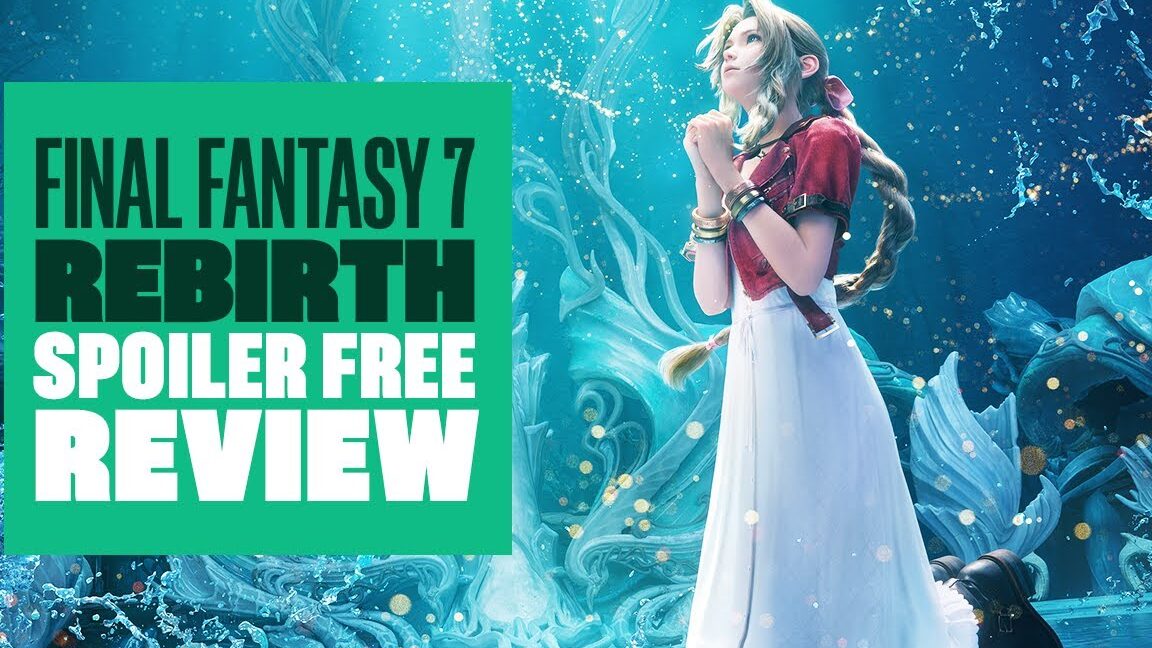






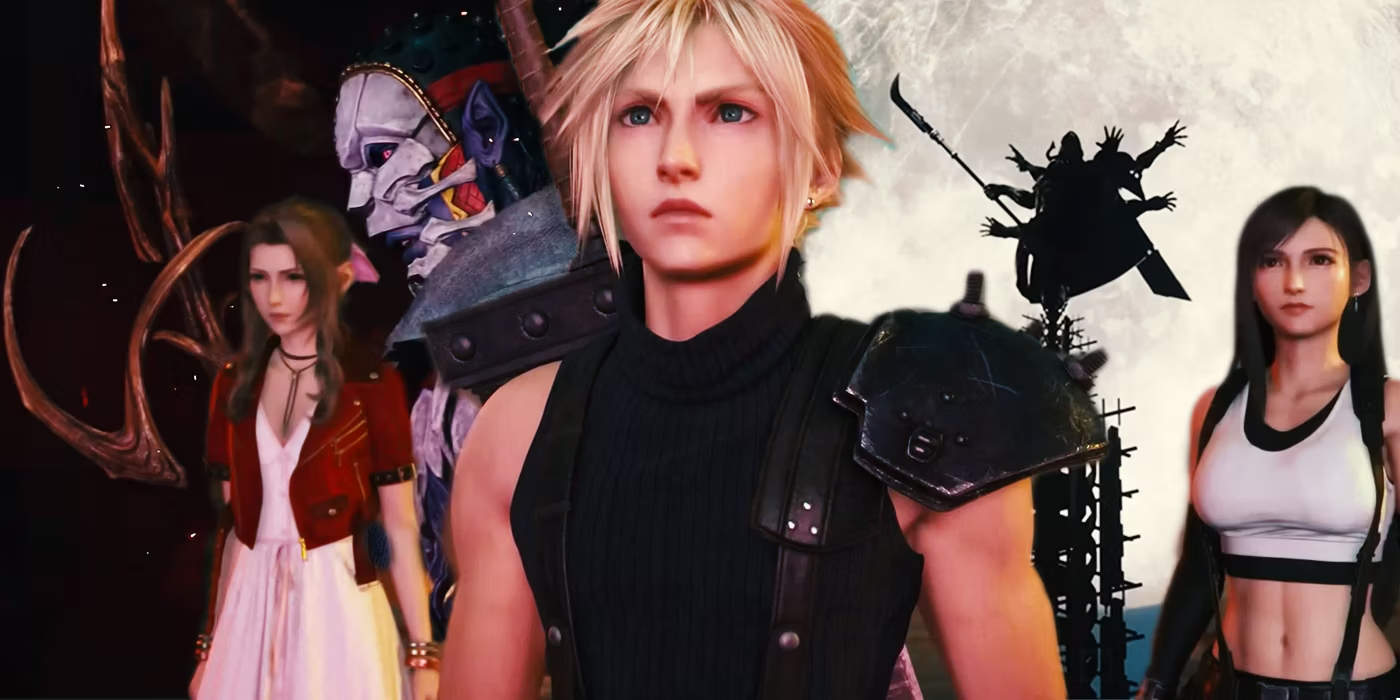

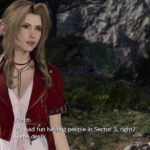








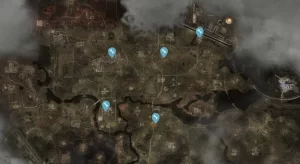









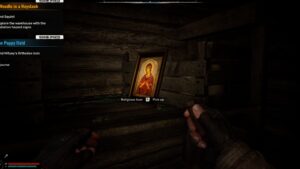
Post Comment